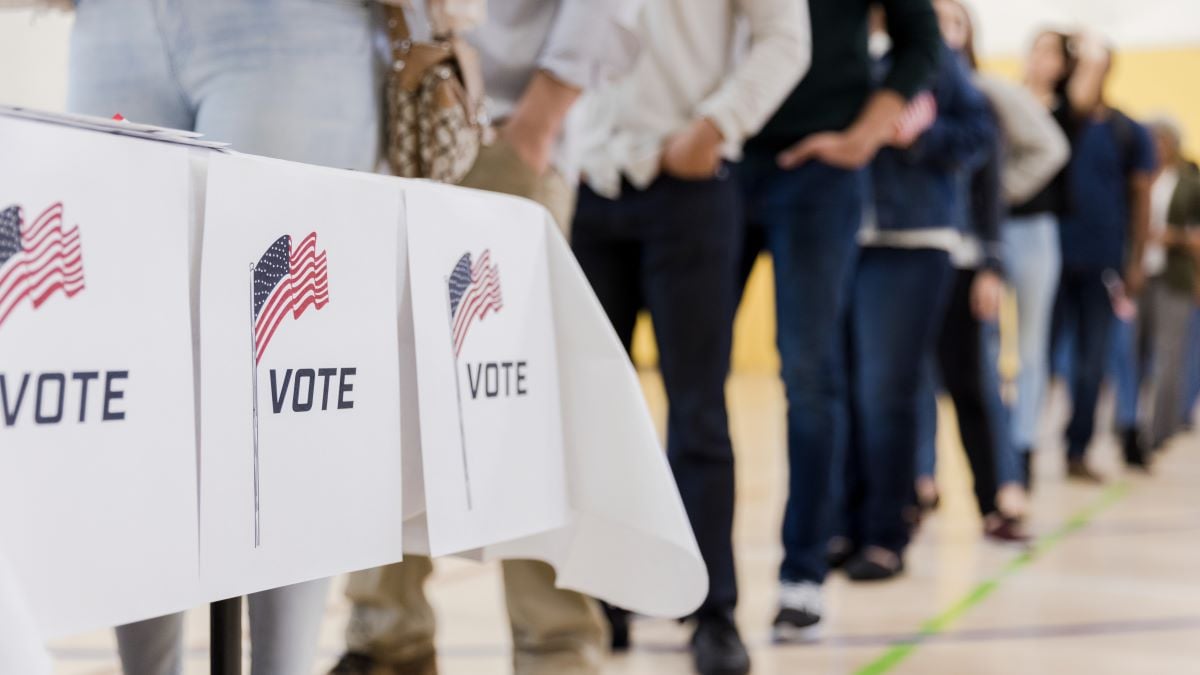Democracy! A government by the people, for the people. Or so it would seem. It feels like democracy today isn’t so much a spirited representation of the melting pot that is America, but more of a forced choice between two parties. Enter ranked voting, a new idea that allows for a more nuanced way to select governmental candidates. Let’s take a closer look at what that entails.
You don’t need a crystal ball to see that Americans are worried about their governmental system. A BPC poll found that four in five U.S. voters (a sobering 82%) from both parties are worried about the state of the country’s government. As things get more and more partisan and divided, people are losing faith that the two parties will cross the aisle and work together. It’s not something to be taken lightly, but what’s the solution? Some say it’s ranked voting.
Larry Jacobs, a political science professor at the University of Minnesota, called ranked voting a “hot reform” in politics. “It’s being driven by deep, almost existential panic about the demise of American democracy. People are looking around what’s going to respond to this. And ranked choice voting is the ‘it’ reform at this moment.”
Slowly but surely, more jurisdictions are moving to the ranked voter system. According to the advocacy organization FairVote, about 50 jurisdictions ranging from smaller cities to whole states have adopted the method. There are two schools of thought when it comes to ranked voting. One is that it will allow for more choices and help smaller candidates without the deep coffers of entrenched political machines to compete. The other is that it will complicate voting and also have a negative effect on minority communities. So how does it work?
Traditional voting is fairly simple. When there are a few candidates for a race on the ballot, a voter will choose a favorite and move to the next race. In a ranked ballot system, all the candidates are listed in a grid and voters are asked to rank them from their first choice to their last, and the number of choices depends on the number of candidates.
Here’s an example courtesy of the Better Utah Institute, which released a primer on ranked voting due to 12 cities in the state trying out the method.
As you can see, this is a sample ballot for a person’s favorite pie. A voter simply needs to pick their first choice, in this case key lime (gross), and then “rank” the other choices from 2 to 4.
If any candidate wins more than 50% of the vote, they are automatically the winner. If no one gets 50%, then the person with the least votes is eliminated from the race, and that person’s voters go to their second choice. That process continues until someone reaches the 50% threshold.
See? It’s not that complicated, and supporters of the system say it gives politicians a reason to try and work closer to the middle of the political spectrum, as they could end up being someone’s second or third choice. Deb Otis, a research and policy manager at FairVote, told NPR that voters are tired of the “status quo in politics” and the places that have adopted the system have seen “positive impacts.”
For example, Alaska moved to ranked voting in 2020 and continued its use in 2022, to much success. Voters in that state reelected Sen. Lisa Murkowski but didn’t like other Republicans in the race like the moderate Liz Cheney. They did, however, elect moderate Democrat Mary Peltola to the House of Representatives.
Ranked voting also provides voters with more agency when it comes to voting. It means that voters can illustrate how they really feel about candidates instead of being forced to accept one or the other.
Both Alaska and Maine currently use the system statewide. Otis said the system makes it easier to support a third-party candidate as well.
“Neighbors won’t be telling their neighbors, ‘Oh, you’re wasting your vote if you vote for so-and-so,’ ” Otis said. “If a legitimate third-party challenge happens this year, all of the other voters in all the other states are going to have a really hard time with that, trying to navigate what to do, trying to play the strategist and figure out how to make our votes most impactful without harming our own side.”
While not yet mainstream, ranked voting is continuing to grow. Nevada will vote in 2024 and decide if it wants to use the system in congressional and state elections. Oregon will also bring the choice to voters, with other states also considering the measure.
